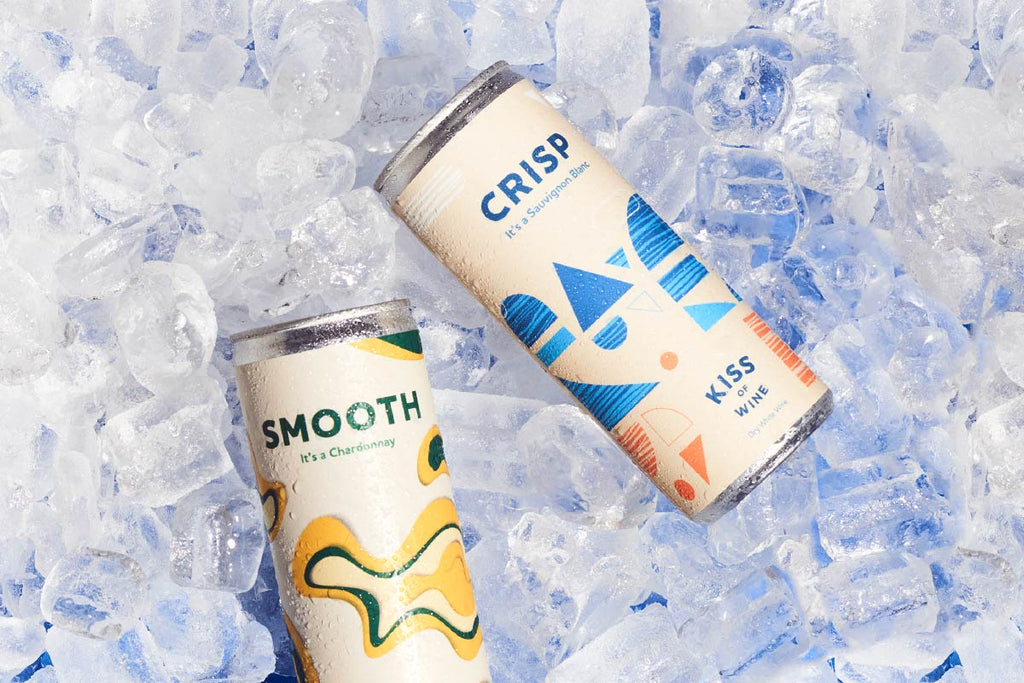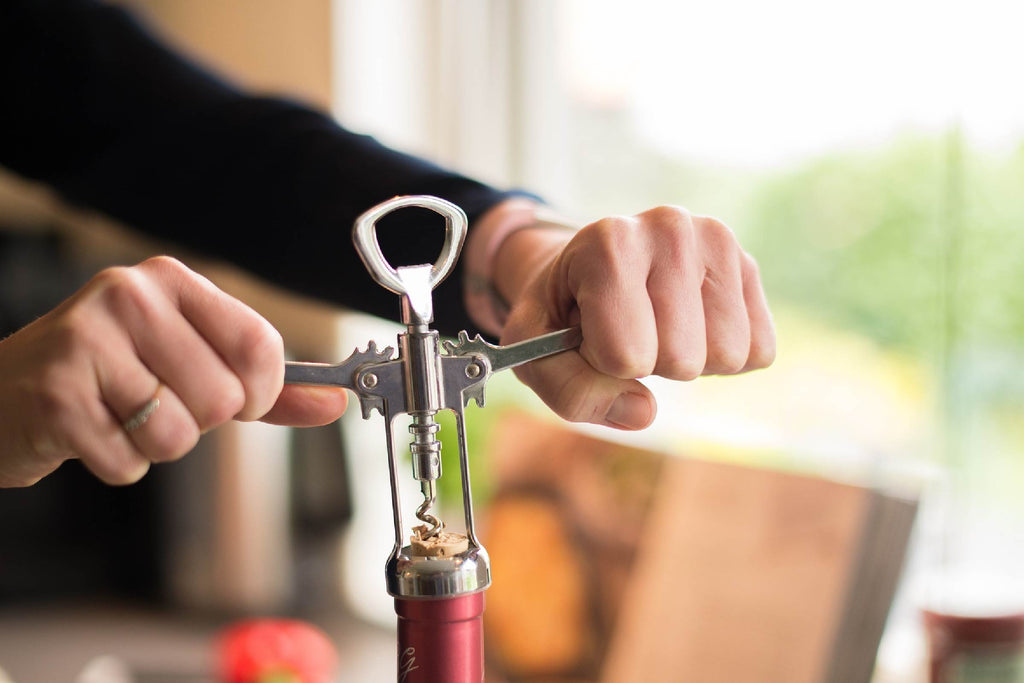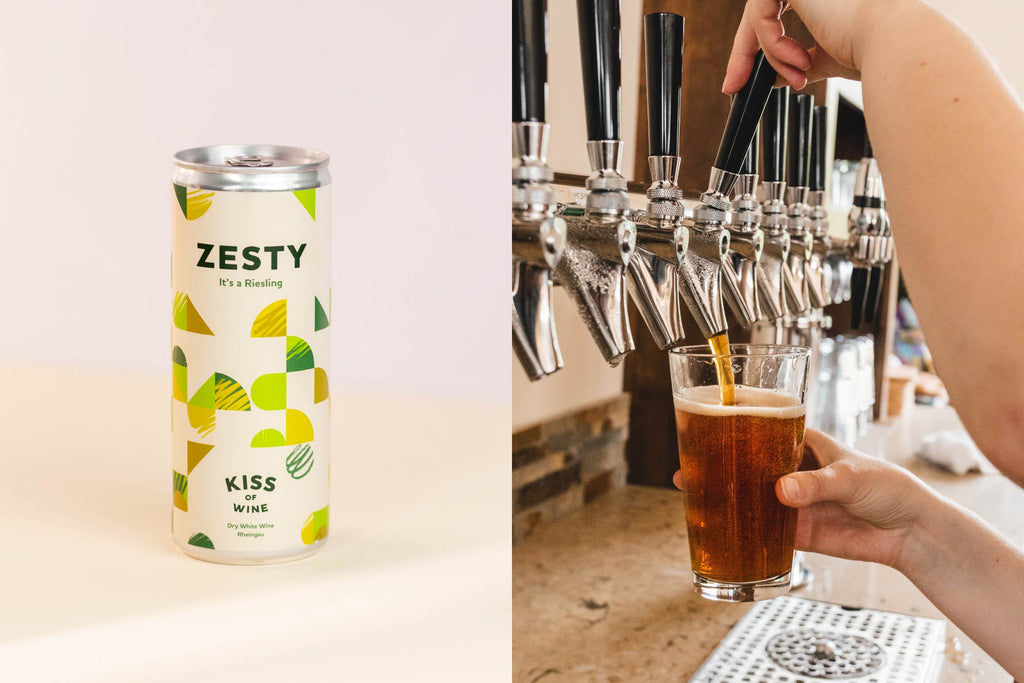Regional Wine Guide: Italy

Carly Merrett
Kiss of wine
It’s the country of food and wine, no doubt, and if there were a winemaking country in Europe to rival the French, it would be Italy. Famed for its red wines, Italy has a long winemaking tradition. It boasts a vast diversity of styles and quality across its 20 regions and a staggering 500 grape varieties.
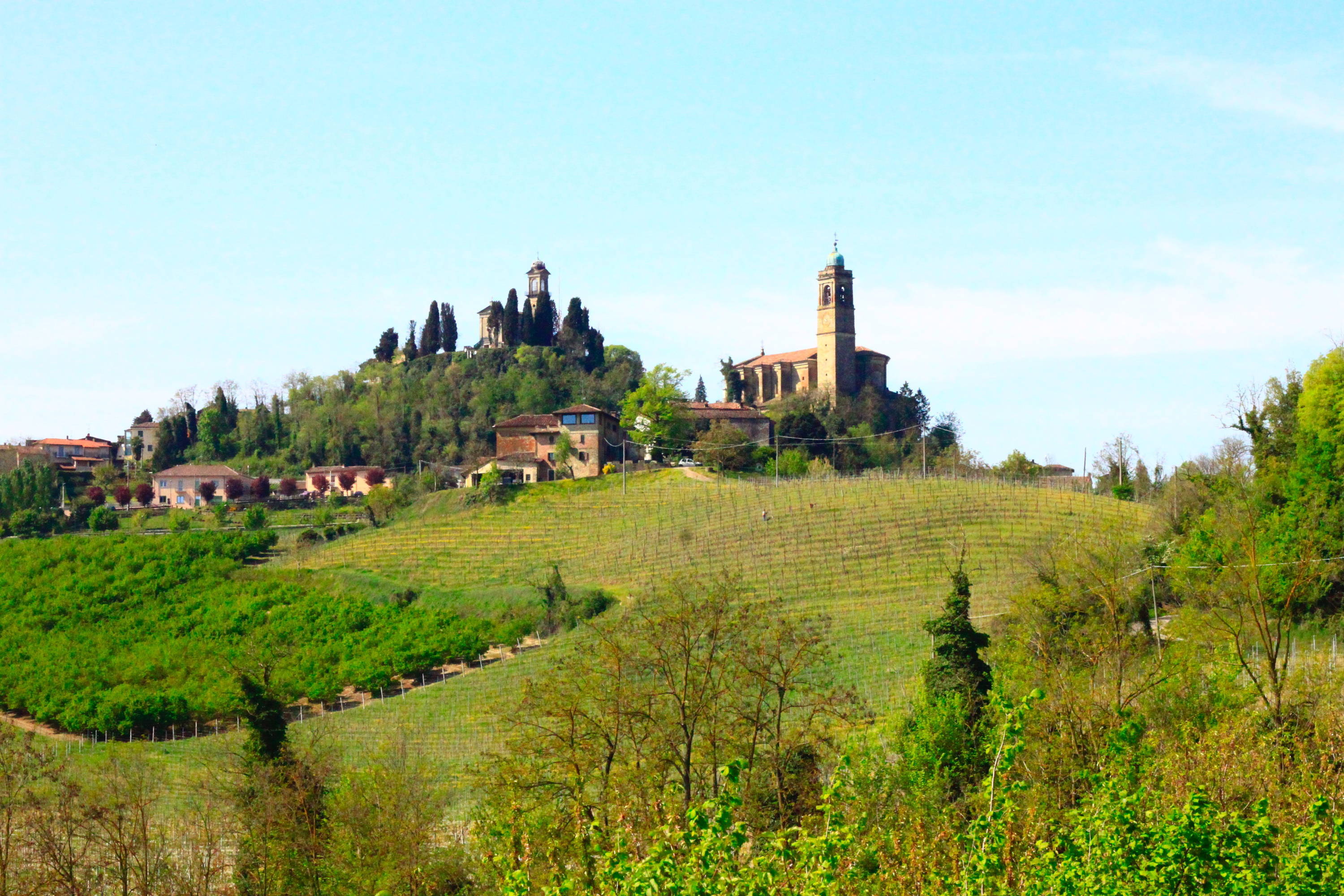
History
Wine dates back a very long time in Italy. In Prehistoric times, roughly 4,000 years ago, the ancient people used wild grapes to make wine.
When the Greeks came, as they did across much of Europe, paving the way for the Old World, it was Italy they called Oenotria, the land of wine. In Sicily, the Greeks were so impressed with the fertile land that they started importing their wines to there.
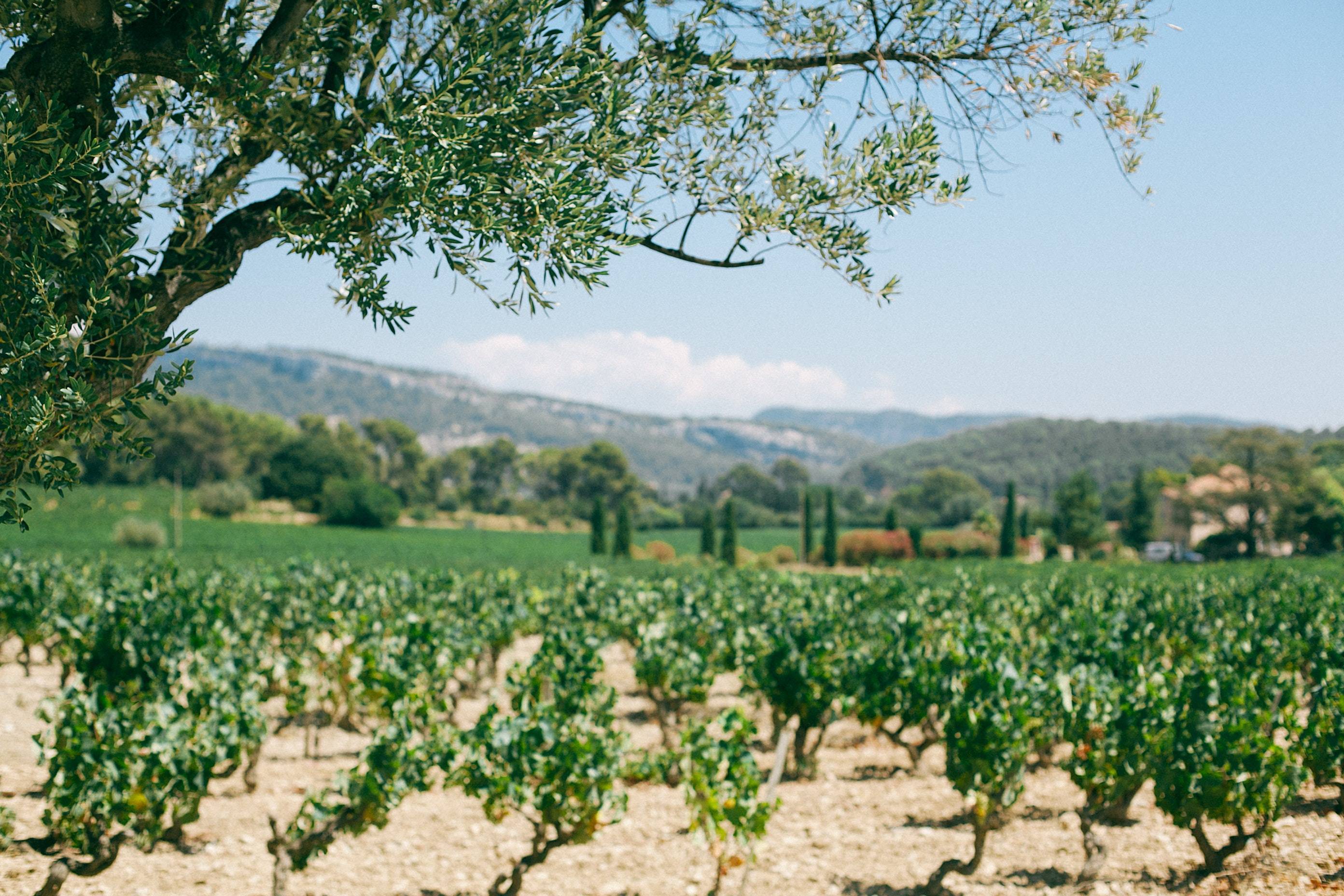
Main Regions
Italian wine is hard to map due to its complexity, but you could say that the bulk of the country’s wine region is split into four areas — North East, North West, Central and Southern.
We’ve picked out our favourites from the North, Central and South regions:




